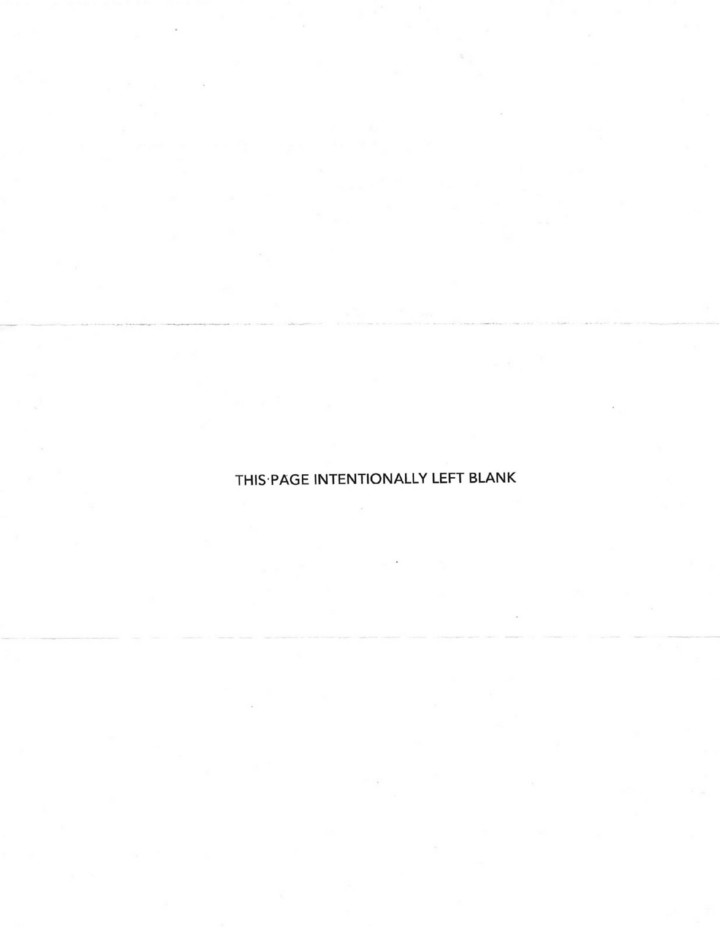
You’ve seen this a hundred times, in a service manual or textbook – a blank page. Only, it’s not really blank. On it are these words: “This Page Intentionally Left Blank.”
I recently got a letter from an insurance company. In the envelope, there were two pages. One of them was a letter that had information on it, both front and back. The other page was this piece of paper:

Now, there are legitimate reasons why a page might be left blank. Many documents have formatting that requires chapters to start on a right-hand page, which might cause a blank left-hand page. If you are looking at a manual and there is a blank page, you would naturally assume that perhaps there was supposed to be something on that page and there was a printing error. By placing the intentionally left blank notice, the printer is putting your mind to rest that you are not missing out on anything important.
However, the blank page I received didn’t make any sense. It wasn’t in the middle of a document. It was a standalone extra page. They had to print it, sort it, stuff it into the envelope and pay to have it sent to me. Crazy.
I am guessing that there is an automated system that prints and stuffs the letters. Perhaps some letters have text that extends past one page thus, requiring two pages. But if there is programming that identifies that a page is blank and specifically prints that on the paper, the program should know to eliminate the page altogether. Maybe they hadn’t checked the programming in a while and this was a leftover remnant of a past process, no longer needed but still running on autopilot.
Autopilot processes. Autopilot thinking. Both come from the same root issue, relying on outdated information and using it to govern future processes and decisions. In short, not being aware of the changes that should trigger a review of processes or thinking and making the necessary adjustments.
Try this experiment: take one process that you regularly perform, break it down into individual steps, and write those down. Go through each one and ask yourself why that step is performed. What is its purpose? What would happen if you didn’t perform it? Do that for every single one and see if there are any that are no longer required.
Elimination of one or two steps can mean only 30 seconds of saved time; but for a routine procedure that is performed 10 times a day, that equates to 1,300 hours of saved time in one year! You can do more productive things with that time.
Try this. You will be amazed at what you will discover is no longer needed. If you need an idea of what to do with the extra time, I’ll give you an option to consider – use it to think. More on that in an upcoming blog, so stay tuned!
David is an international speaker, executive coach, serial entrepreneur, and shipwreck survivor. He is the bestselling author of Grounded (Little River, 2016) . If you’re interested in David’s expertise in the areas of leadership, finance, and public speaking, please get in touch here.